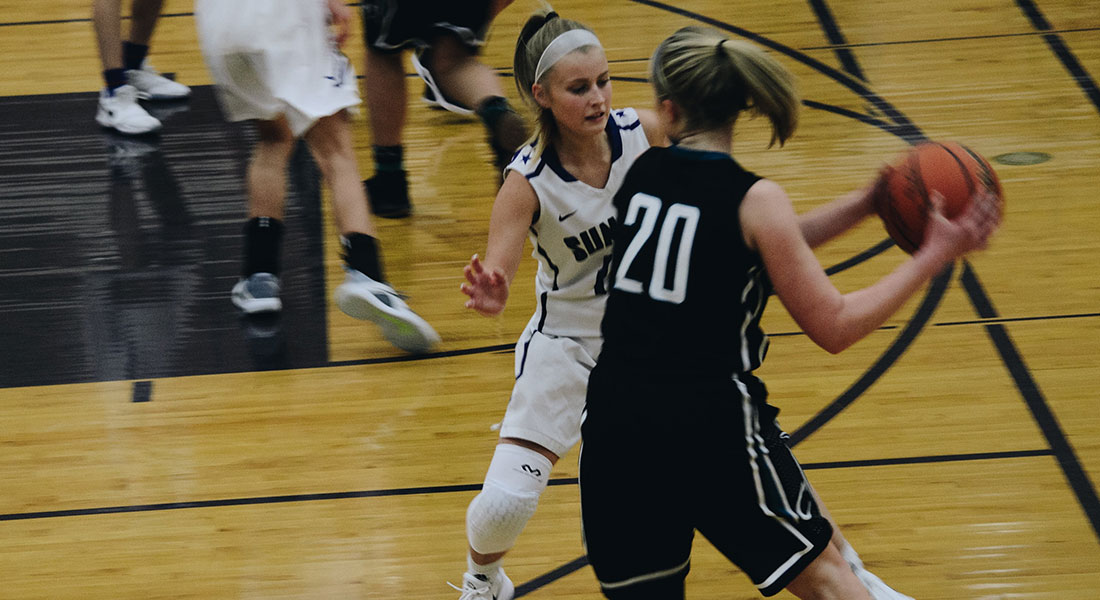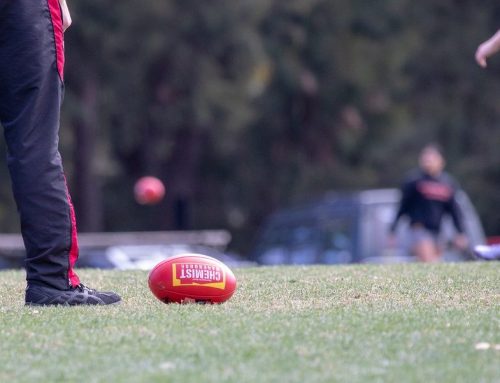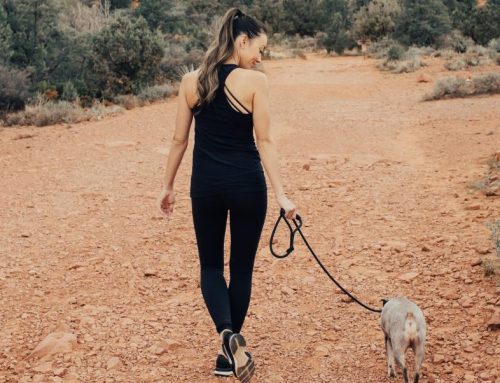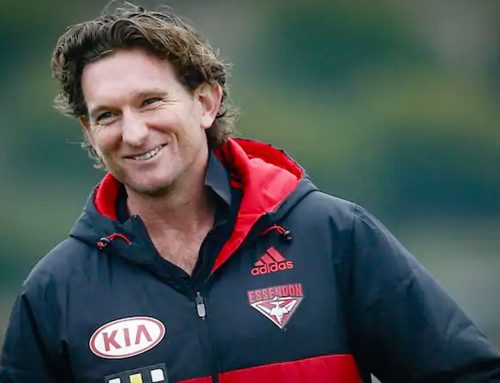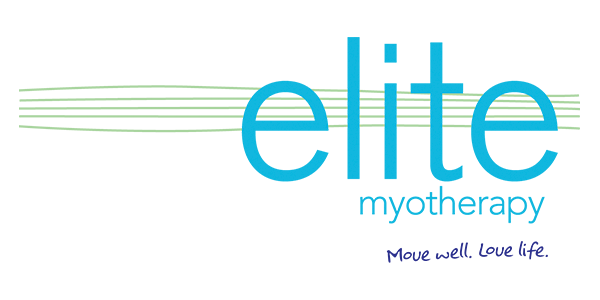As a practitioner I’ve always maintained a strong mindset towards a strong healthy body. I can’t encourage my clients to do their exercises and have a healthy work life balance if I don’t practice it myself. One of my passions since I was little has always been basketball, playing at representative level for 10 years throughout my teens. The passion hasn’t left me even after having two knee reconstructions, although now I only play at a social level with friends I have had since I was 10.
On Wednesday 28th September I was playing in my usual basketball team and it was a particular rough game. Unfortunately towards the end of the first half an opponent stood on my foot, leading me to roll my ankle. I haven’t had a substantial injury for many years but my intuition told me the injury was bad. Swelling up extremely quickly and being unable to weight bare I was wheel chaired out of the stadium and taken to Knox Hospital. A number of hours later and feeling better from medication, an x-ray cleared me of any fractures or breaks and I was sent home in a half cast of plaster and a script for an MRI the following day.
Fast forward a few days and I’m waiting to see the Sports Doctor and the results of the MRI. I come out of the appointment with a diagnosis of a moderately torn ligament, a moderately severely torn ligament and a torn tendon. If I was a person who didn’t have prior experience of the anatomy of the foot, I would have been quite perplexed about the information I was told and the advice moving forward, a scary thought for others in my position. The result, wear a moon boot for 4 weeks and then reassess. Off home I went to assess how my life would look for the next month.
It’s quite an interesting experience wearing a moon boot, one I don’t recommend for anyone to try if they don’t have to. It’s a heavy piece of plastic which has an aim to minimise movement of the ankle whilst healing. If I was to move my ankle it would prevent my body’s natural healing mechanisms of knitting the ligaments together with scar tissue. It was an inconvenience to my normal way of living. I had to hire a rental car as I usually drive a manual. I had to think about where I would park my car so I wouldn’t have to walk long distances, what clothes I would wear that worked with a moon boot, what my tasks were day to day and reschedule those that involved more walking, how I was going to sleep comfortably, how and when I would shower. It was such an ongoing mentally exhausting process.
2 weeks into my time in my moon boot, I started to get itchy feet (pardon the pun). My hip was starting to grumble due to the changes in biomechanics and my foot was hurting in other ways that I didn’t feel represented the injury I had sustained. I called one of the sports physiotherapists we liaise and work with to get his opinion. The advice was markedly different to that of the Sports Doctor. What do you do in this position? I wanted to get better quicker but two very different ideas on treatment planning. I ended up going and seeing the physiotherapist as I wanted to get out of the moon boot and back to normality.
So the next phase of rehabilitation commenced. I started having Physiotherapy once a week to help me to relearn how to walk (isn’t that ridiculous), improve mobility of my ankle and to start strengthening all the supporting muscles that had lost their activation and endurance due to immobility. I was only allowed to wear my beautiful asics runners every day to support my foot and help with healing. Healing ligaments depending on severity can take several months to heal fully.
Now I had new challenges to work with. I was getting exhausted from the exercises I was prescribed and working and returning to all my normal tasks of my job. It was really hard coming home from work to know you had exercises to do when all you want to do is sit on the couch and rest. The message that was consistently reinforced to me from the physio was the need to strengthen my lower limb and hip to lead to running which ultimately leads to my goal of returning to basketball.
I kept going however 2 months in from my original injury I came up against a hurdle, my brain was doing such a great job looking after my foot that it created an over enthusiastic inflammatory response. Any time I was on my feet, standing or doing exercises my foot would swell up. That meant that rehab was put on hold and I was on anti-inflammatories for 10 days. Mentally this got me down, negative thoughts crept in like “I’ll never get back to basketball” and “my last amount of rehabilitation wasn’t this hard”. Looking back and having the knowledge I have regarding pain science, this was a crazy way of thinking. Ongoing negative thoughts can increase pain states and probably my knee rehab was a lot harder than my current situation however being 15 years earlier I wasn’t able to truly remember. I went back to the physio with my concerns and he reinforced our treatment plan and validated my frustration but also showed how far I had come from my original injury. I persevered!
So where does that currently place me 3 months and 2 weeks since my injury you might ask? I am on a running program with the target date to return to basketball being the start of February. Is it hard? Yes! Is it worth it? Yes because the alternative of not being able to play basketball would be much more painful and create many other issues.
My advice for all the wonderful clients of Elite Myotherapy would be to know your motivator. What is the sport, movement, mind state or other alternative that will keep you going through all the ups and downs of rehabilitation because unfortunately it doesn’t happen overnight but it does happen with the guidance of great practitioners and a well-constructed treatment plan.
by Caitlin Smith – Elite Myotherapist and Training Coordinator

